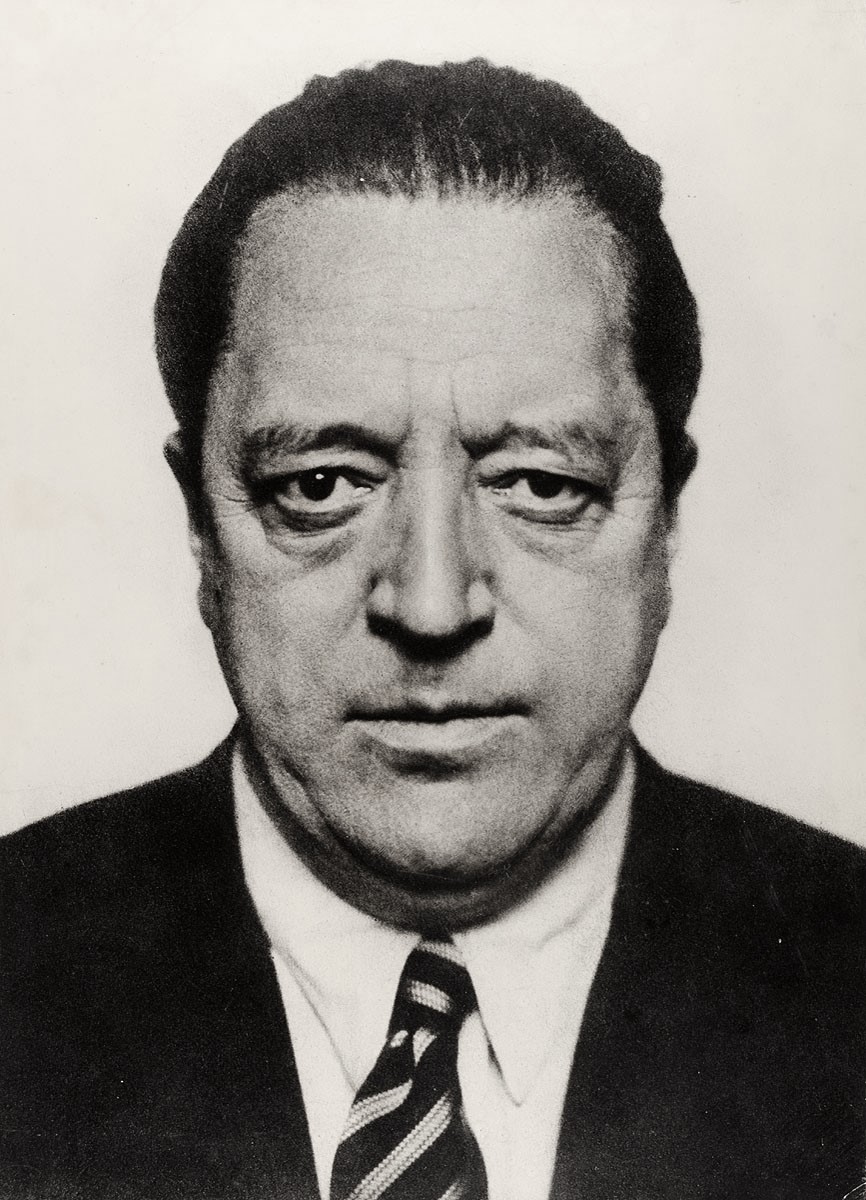Exploring the influential Bauhaus masters who shaped modern architecture and design.
The Bauhaus movement, which began in 1919 under the leadership of Walter Gropius, was not just a school but a crucible for modern architecture and design. Central to the Bauhaus ethos were its masters—visionary figures who defined and propagated the movement’s principles, shaping the trajectory of modern design well beyond the walls of the institution.

Hugo Erfurth, Public domain, via Wikimedia Commons
Walter Gropius: The Visionary Founder
As the founder of the Bauhaus, Walter Gropius was instrumental in embedding the school’s core philosophy—the integration of art, technology, and mass production. Gropius believed that design should be functional, accessible, and produced on a mass scale to serve the needs of a rapidly industrializing society.

Aufbacksalami, CC BY-SA 4.0, via Wikimedia Commons
His architectural masterpiece, the Bauhaus Building in Dessau, stands as a testament to these ideals, with its use of industrial materials, clean lines, and functional design. Gropius’s influence laid the foundation for what would become the International Style, and his principles continue to echo in modernist architecture today.

Hugo Erfurth, Public domain, via Wikimedia Commons
Ludwig Mies van der Rohe: Master of Minimalism
Ludwig Mies van der Rohe, who took the helm of the Bauhaus in its final years, is often credited with distilling modern architecture to its essence. His famous dictum “less is more” encapsulates his approach—stripping architecture of superfluous elements to focus on structure and materials.

Barcelona-Pavillon – Vicens, CC BY-SA 2.5, via Wikimedia Commons
Mies’s work, including the Barcelona Pavilion and the Seagram Building, epitomizes this philosophy, using simple forms and materials to create spaces of clarity and elegance. His influence on minimalist design cannot be overstated, as his principles of simplicity and transparency continue to guide contemporary architecture.

Hermann Bunzel, Public domain, via Wikimedia Commons
Hannes Meyer: The Advocate for Socially Responsible Design
Hannes Meyer, who succeeded Gropius as the director of Bauhaus, shifted the school’s focus towards socially responsible design. Meyer was a firm believer that design should serve the people, particularly the working class. His emphasis on affordable housing and functionalist design is evident in his work on projects like the ADGB Trade Union School in Bernau. Although his tenure at Bauhaus was brief, Meyer’s commitment to social responsibility in design remains a powerful influence, particularly in discussions of sustainable and equitable architecture today.

ADGB school- Dabbelju, CC BY-SA 3.0, via Wikimedia Commons
Marcel Breuer: Innovator of Modern Furniture Design
Marcel Breuer, one of Bauhaus’s most renowned alumni and later a master, revolutionized furniture design. His iconic Wassily Chair, made from tubular steel, embodies the Bauhaus principle of merging art with industry.

Hugo Schmölz (1879-1938), CC0, via Wikimedia Commons
Breuer’s innovative use of modern materials and focus on functionality over decoration set a new standard for furniture design. His influence is still evident in contemporary interiors, where his emphasis on simplicity, durability, and mass production continues to resonate.

Beaumont Newhall, No restrictions, via Wikimedia Commons
Josef Albers: Master of Color Theory
Josef Albers was a pivotal figure in Bauhaus’s exploration of color theory. His work, particularly his series “Homage to the Square,” delved deep into the interactions of color and form. Albers’s teachings extended far beyond Bauhaus, influencing modern art and design education globally. His explorations of color continue to inform designers and artists in how they perceive and use color in their work.

Selena N. B. H., CC BY 2.0, via Wikimedia Commons
The Bauhaus masters were not only educators; they were innovators who redefined the boundaries of architecture and design. Their work laid the groundwork for many of the principles that guide modern design today—simplicity, functionality, and the integration of art and technology. The legacy of these Bauhaus pioneers is visible in the architecture that surrounds us, the furniture we use, and the continued emphasis on design as a tool for improving society.











